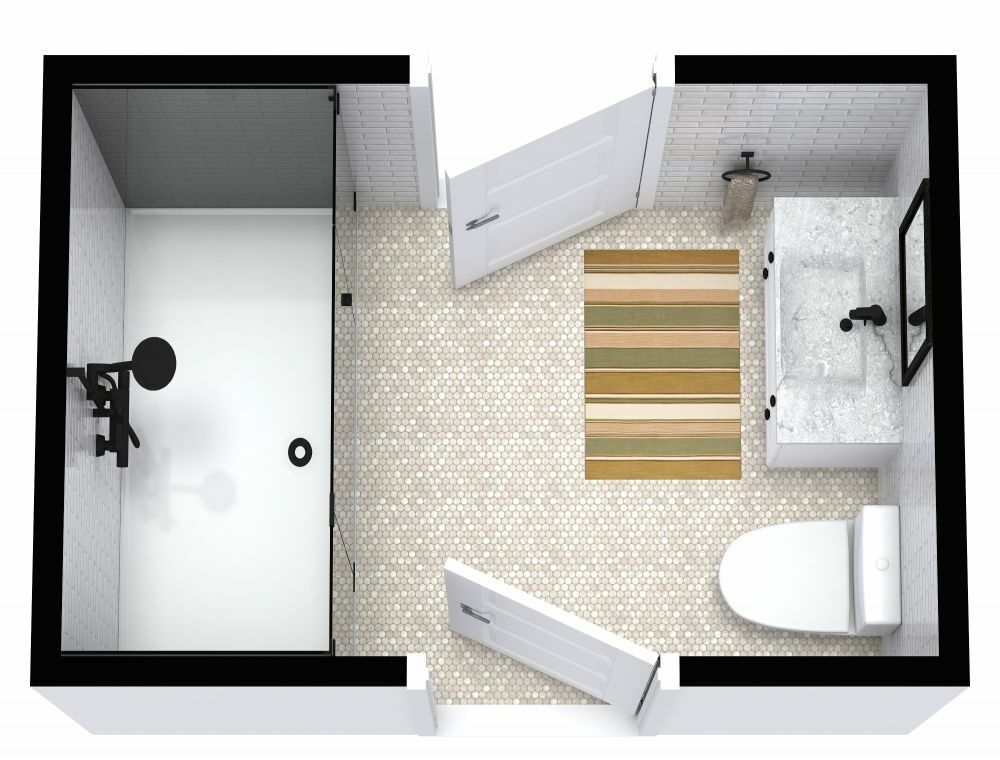Listen to the Deep Dive on this topic: Click here.
For decades, Medicare and Medicaid have relied on private insurers to manage key functions like claims processing, eligibility determinations, care coordination, and risk management. The assumption was that outsourcing would bring efficiency, cost savings, and expertise to large public programs. In an era of slow-moving government technology, this made sense.
But we’re no longer operating in the late 20th century – technology has advanced. Intelligent process automation (IPA) and AI-driven systems are transforming industries, enabling automation at scale, reducing administrative complexity, and eliminating inefficiencies once thought to be unavoidable. The question is: Should taxpayers continue paying private entities for functions that technology can now handle directly?
This isn’t a simplistic argument for government expansion or a centralized public system. It’s about recognizing how automation changes the game and whether the structure built decades ago is still the best way forward.
A Future Without the Middleman?
Today’s system relies on private companies to bridge gaps that technology may soon close entirely. There are multiple ways to rethink this structure, including:
1. Government-Owned Automation
One potential future is where publicly owned technology reduces the need for private intermediaries. If automated claims processing, fraud detection, and risk scoring can be handled efficiently through IPA, why continue paying private insurers to do what technology can now achieve at scale?
- Traditional Medicare already processes claims directly in some cases—could this model be expanded with AI and automation?
- If technology can handle these complex functions at a fraction of today’s costs, does it still make sense to fund private companies for oversight?
2. Driving Down Private Contractor Costs Through Automation
A more market-driven approach would be to require private contractors to fully adopt IPA as a condition of their contracts.
- If insurers and managed care organizations (MCOs) are already using automation to replace human labor, should taxpayers keep paying them as if they weren’t?
- Mandating full IPA adoption for any company administering Medicare or Medicaid could significantly reduce costs, reflecting the real efficiency gains of automation.
- This wouldn’t be government replacing private industry—it would be demanding efficiency from it, ensuring taxpayers capture the full benefits of technology rather than subsidizing corporate margins. It would be an alignment of a pro-business, performance-based mindset.
Questioning 20th-Century Assumptions
The privatization of public healthcare administration was built on the belief that government inefficiency justified private-sector intervention. But that assumption was shaped in an era of paper-based processes and slow-moving bureaucratic delays.
For example, managed care emerged as a solution to administrative inefficiencies in an era where processing claims and managing networks required extensive human labor. But we now have technology capable of handling these tasks with greater accuracy and lower costs.
This raises important questions:
- Will it remain cost-effective to pay private insurers to administer public programs as automation advances?
- Should MCOs continue to charge premium rates if automation has already reduced their reliance on human labor? Put another way, should we continue to pay a technology-driven MCO industry as if it were a human-driven industry?
- Could a national automation infrastructure streamline Medicare and Medicaid without relying on multiple MCOs—or would it introduce new challenges?
- If automation drives cost savings, who should benefit—taxpayers or private companies?
A Discussion Worth Having
This isn’t about advocating for any single solution—it’s about acknowledging reality and being intellectually honest about how technology is reshaping the playing field.
As noted above, managed care itself was once an innovation—introduced to address inefficiencies of its time. But technology has changed, and so must our thinking. True efficiency means adapting to new realities, not preserving structures simply because they were once necessary.
The real question is: If we were designing Medicare and Medicaid today, would we build them the way they currently operate? Or would we leverage automation, AI, and streamlined processes that weren’t available when the current system was created?
It’s time to challenge old assumptions—and start envisioning what comes next.




